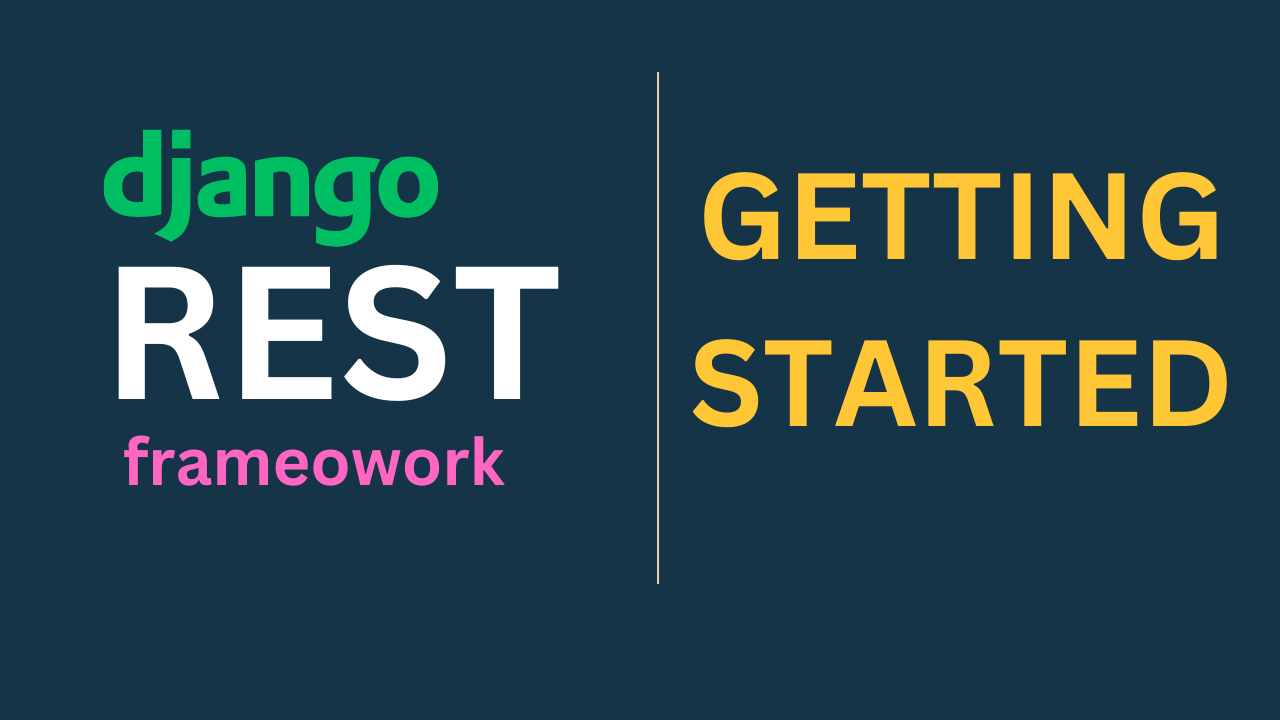
Testing
Django REST Framework (DRF) has emerged as one of the most powerful and flexible tools for building Web APIs. Leveraging the robust features of Django, it provides a clean, customizable, and efficient way to develop API-driven applications. This blog will delve into the core aspects of DRF, exploring its features, advantages, and a step-by-step guide to get started.
What is Django REST Framework?
Django REST Framework is a powerful and flexible toolkit for building Web APIs in Django. It is designed to work seamlessly with Django's ORM and other components, offering a full-featured and highly customizable framework for creating API endpoints.
Key Features of Django REST Framework
-
Serialization: DRF's serializers facilitate converting complex data types, like querysets and model instances, into native Python data types that can be easily rendered into JSON, XML, or other content types. They also handle deserialization, validating the incoming data.
-
Authentication and Permissions: DRF includes a range of authentication methods and customizable permission classes to ensure that only authorized users can access specific endpoints.
-
Viewsets and Routers: These provide a simple and coherent way to create and manage views and URLs, reducing boilerplate code and enhancing readability.
-
Browsable API: One of the standout features of DRF is its out-of-the-box, browsable API, which provides a web-based interface for testing API endpoints during development.
-
Throttle and Caching: DRF supports throttling to control the rate of requests a client can make, along with caching mechanisms to improve performance.
Advantages of Using Django REST Framework
- Ease of Use: DRF's clear and concise syntax makes it easy for developers to create APIs without extensive boilerplate code.
- Integration with Django: Seamless integration with Django’s ORM, models, and views allows leveraging existing Django components.
- Community and Documentation: DRF is backed by a strong community and extensive documentation, making it easier to find support and resources.
- Customization: Highly customizable at every level, from serializers to views to authentication mechanisms.
Getting Started with Django REST Framework
Step 1: Setting Up the Environment
First, ensure you have Django installed in your environment. You can install DRF using pip:
pip install djangorestframework
Create a new Django project and application:
django-admin startproject myproject
cd myproject
django-admin startapp myapp
Add 'rest_framework' and your application to the INSTALLED_APPS in settings.py:
INSTALLED_APPS = [
...
'rest_framework',
'myapp',
]
Step 2: Creating a Model
Define a simple model in myapp/models.py:
from django.db import models
class Article(models.Model):
title = models.CharField(max_length=100)
content = models.TextField()
def __str__(self):
return self.title
